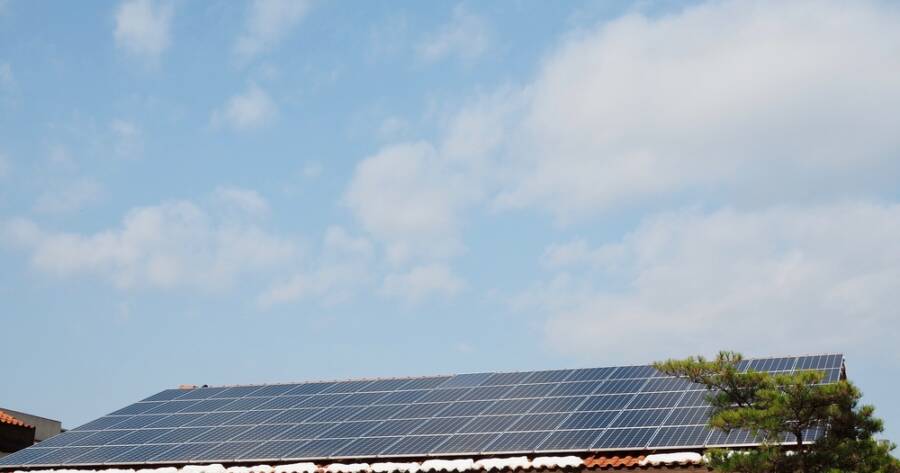Solar power has gained popularity as an alternative energy source for homeowners and businesses. With rising electricity costs and concerns about environmental impact, many are considering solar panels as a long-term investment. But is it truly worth the cost? Understanding the financial savings, environmental benefits, and potential challenges can help determine whether solar power is the right choice.
The Long-Term Savings of Solar Power
One of the biggest reasons people invest in solar energy is the potential for long-term savings. Solar panels generate electricity from sunlight, reducing dependence on traditional energy sources. Over time, this can lead to significant reductions in electricity bills.
However, the financial benefits of solar power depend on several factors, including the cost of installation, local electricity rates, and available incentives. Many states offer tax credits or rebates to encourage solar adoption, which can lower the initial cost. Additionally, some homeowners can sell excess energy back to the grid through net metering, further increasing their savings.
While the upfront cost of solar panels may seem high, many people recover their investment over the years. The average cost for a residential solar installation in the United States is approximately $21,816.
Homeowners typically experience annual savings on their electricity bills, leading to a payback period—the time it takes for the savings to equal the initial investment—of about 8.3 years. After this period, the continued savings contribute directly to reducing overall household expenses, making solar installation a financially sound decision in the long run.
Environmental Benefits of Solar Energy
Beyond financial savings, solar power offers a major environmental advantage. Traditional electricity generation relies heavily on fossil fuels, which produce carbon emissions and contribute to climate change. By switching to solar energy, homeowners can reduce their carbon footprint and help promote a cleaner environment.
Solar panels generate electricity without producing greenhouse gases or air pollution. This means a single home powered by solar energy can prevent thousands of pounds of carbon dioxide emissions each year. Over time, widespread adoption of solar power can lead to a significant reduction in air pollution and reliance on nonrenewable resources.
Additionally, solar energy requires minimal water for operation compared to fossil fuel-based power plants, which consume large amounts of water for cooling. This makes solar a sustainable choice, especially in regions facing water shortages.
The Challenges of Solar Energy Adoption
Despite the advantages, solar power comes with challenges that potential buyers should consider. One of the main concerns is the upfront cost of installation. While prices have decreased over the years, purchasing and installing solar panels still requires a significant initial investment. Some homeowners choose financing options or leasing programs to make solar more affordable.
Another factor to consider is the efficiency of solar panels. The amount of electricity they produce depends on sunlight exposure, which varies by location and season. Homes in cloudy or shaded areas may not generate as much energy, making solar power less effective.
Maintenance is generally low for solar panels, but occasional cleaning and inspections are necessary to ensure they operate efficiently. Additionally, solar panels degrade over time, meaning their performance may decline slightly after 20 to 25 years. Homeowners should plan for possible replacements or upgrades in the future.
Government Incentives and Financial Support
To encourage the adoption of solar energy, the government offers various incentives and financial programs. The federal solar tax credit allows homeowners to deduct a percentage of their solar installation costs from their federal taxes. Many states also provide additional incentives, such as rebates and grants, to help lower costs.
Utility companies in some areas offer net metering programs, allowing solar panel owners to receive credits for excess energy they feed back into the grid. This can help balance out electricity costs during months when solar production is lower.
Homeowners should research local incentives and policies before making a decision. The availability of financial support can make a big difference in the affordability and overall return on investment of a solar power system.
Is Solar Power the Right Choice?
Investing in solar power can offer significant financial and environmental benefits, but it’s not the right choice for everyone. Homeowners in sunny regions with high electricity costs may see the greatest savings, while those in less ideal locations may experience slower returns. Government incentives and financing options can make solar energy more accessible, but upfront costs remain a consideration.
For those committed to reducing their carbon footprint and lowering their long-term energy expenses, solar power can be a valuable investment. However, careful research and cost analysis are essential before making a decision. By understanding the potential savings, challenges, and available incentives, homeowners can determine whether solar energy is the best solution for their needs.

